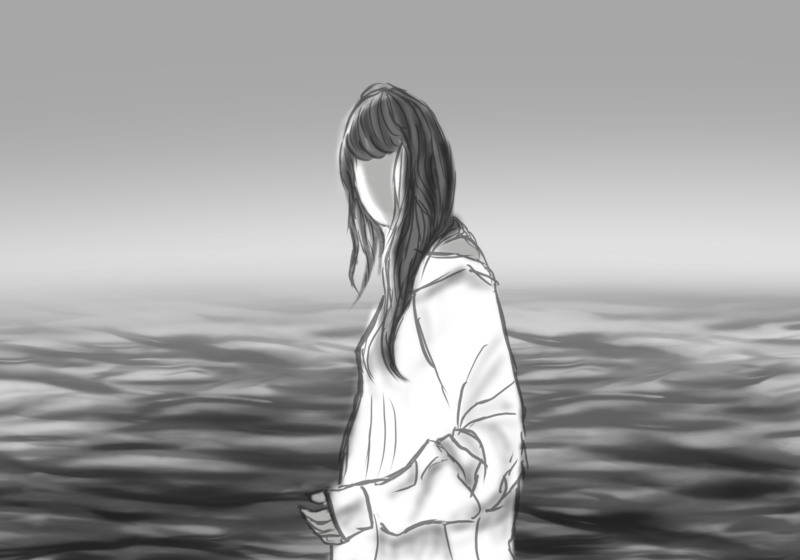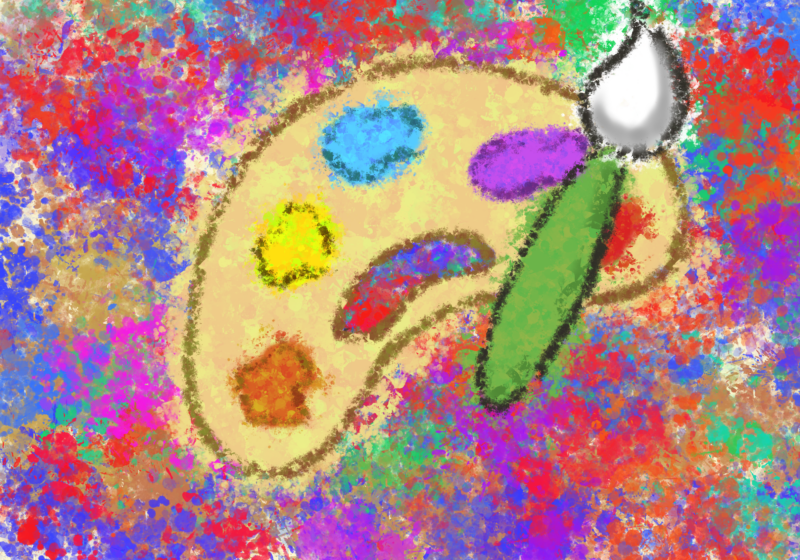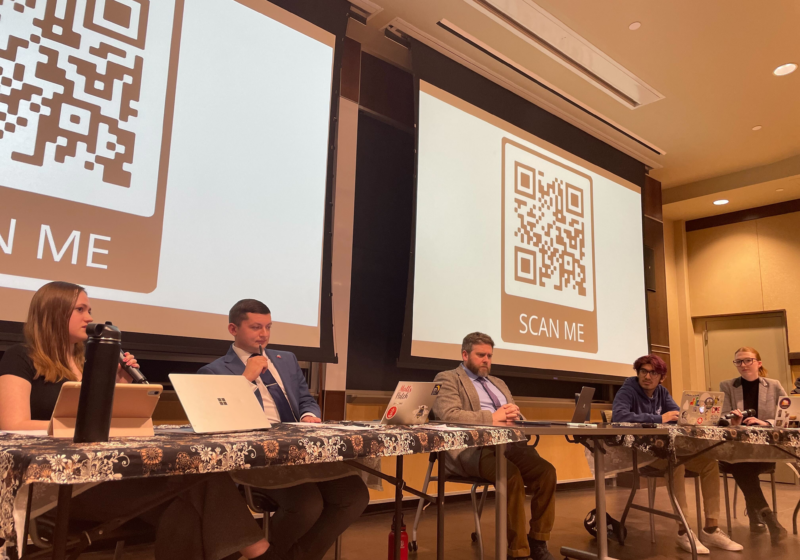Eastman Kodak, the 131-year-old pioneer camera company with strong ties to UR, filed for bankruptcy. As a result of this filing, Kodak will continue to operate for the time being with $650 million dollars borrowed from Citigroup Inc., an action approved by a judge earlier this week.
“Kodak’s future is pretty unclear,” Andrew Gallagher, computer science adjunct professor and computer vision research scientist at Kodak Research Labs, said. “We’ll all learn more in the next months.”
The Chapter 11 bankruptcy filing will allow Kodak to borrow money to restructure, in hopes of coming out of the bankruptcy as a more profitable company.
The bankruptcy announcement comes as no shock to the nation. The signs were there — revenue was falling, layoffs had been occurring for years previously and the company showed an inability to keep up with the technology of current times.
According to Gallagher, the announcement even came as a relief to some employees.
“Employees had a lot of questions about what would happen in Chapter 11,” Gallagher said. “And after the filing was public, the company began to communicate with the employees again.”
Nonetheless, the news of this announcement was deeply saddening for many people both at UR and in the Rochester community as a whole.
“We were a small Baptist school,” Dean of the Simon School of Business Mark Zupan said. “George Eastman and Kodak put us into the frontier research universities of the world.”
Zupan described how Eastman gave one the largest endowment gifts to UR in the history of any university. Eastman helped put UR on the map and gave the University the means to become a strong research institution.
Many who have been educated and graduated from UR go on to do great entrepreneurial and scientific feats because of the strong education they received at UR, Zupan said.
Kodak and George Eastman also greatly altered the city of Rochester.
“Rochester will very likely never know another Eastman Kodak,” UR President Joel Seligman said in a statement. “But it benefits from the economic, scientific and cultural contributions of several institutions of higher education —including the University of Rochester and RIT—as well as an increasing number of vibrant start-up firms that directly or indirectly have been aided by Kodak.”
Zupan explained how economically, the city of Rochester and UR have already weathered most of the impact. A majority of the layoffs at the company have already occurred. At its prime, Kodak fostered over 60,000 employees; today it is home to just under 7,000.
In addition to this, UR should also feel a minimal economic impact financially, besides the grief of witnessing the demise of such an influential company to the school’s history, Zupan believes.
Gallagher also described how the company downsizing has been occurring for years, with the first layoff he experienced being in 1997. However, he states that the bankruptcy will still affect many people.
“It seems that the retirees of the company will lose health benefits, and there almost certainly will be more layoffs this year,” Gallagher said. “The bankruptcy filing will have a direct or indirect impact on the lives of probably thousands of families in Rochester and Monroe County. Some people will retire, others will get new jobs in the area, and still others will move to find new work.”
This bankruptcy is not unexpected. In fact, Kodak has been lagging behind fellow competitors when it comes to the digital age of cameras. Many companies switched to better and cheaper technology, while Kodak remained stuck in its old ways for quite some time. In addition to this, Kodak has traditionally targeted the everyday buyer, who now has a camera located on his or her cell phone. It seems that the company was unable to adapt quickly enough to technology advancements.
Even at UR, the Kodak technology is not used in many darkrooms in the art department.
“Unfortunately there is not a whole lot made by Kodak that we use here,” studio manager at the Sage Arts Center Michael Leonard said. “Quite literally there is only one piece of chemistry and occasional film that comes from them.”
Gallagher believes that, despite Kodak’s inability to adapt, they were still a force in the last 130 years.
“Kodak was the reason why people all over the globe shared pictures and family albums with each other, and let children see what their great-grandparents looked like,” said Gallagher.
The future of Kodak remains in question. Zupan explained how the company may emerge later in a smaller, more sustainable form and that it was incredible just how long Kodak truly was successful.
This is an important lesson that the Rochester community, UR and the rest of the world can take from this event.
“You’ve got to stay hungry,” Zupan said, “If you focus too much on the past, you’ll get left there.”
Cozen is a member of the class of 2015.






